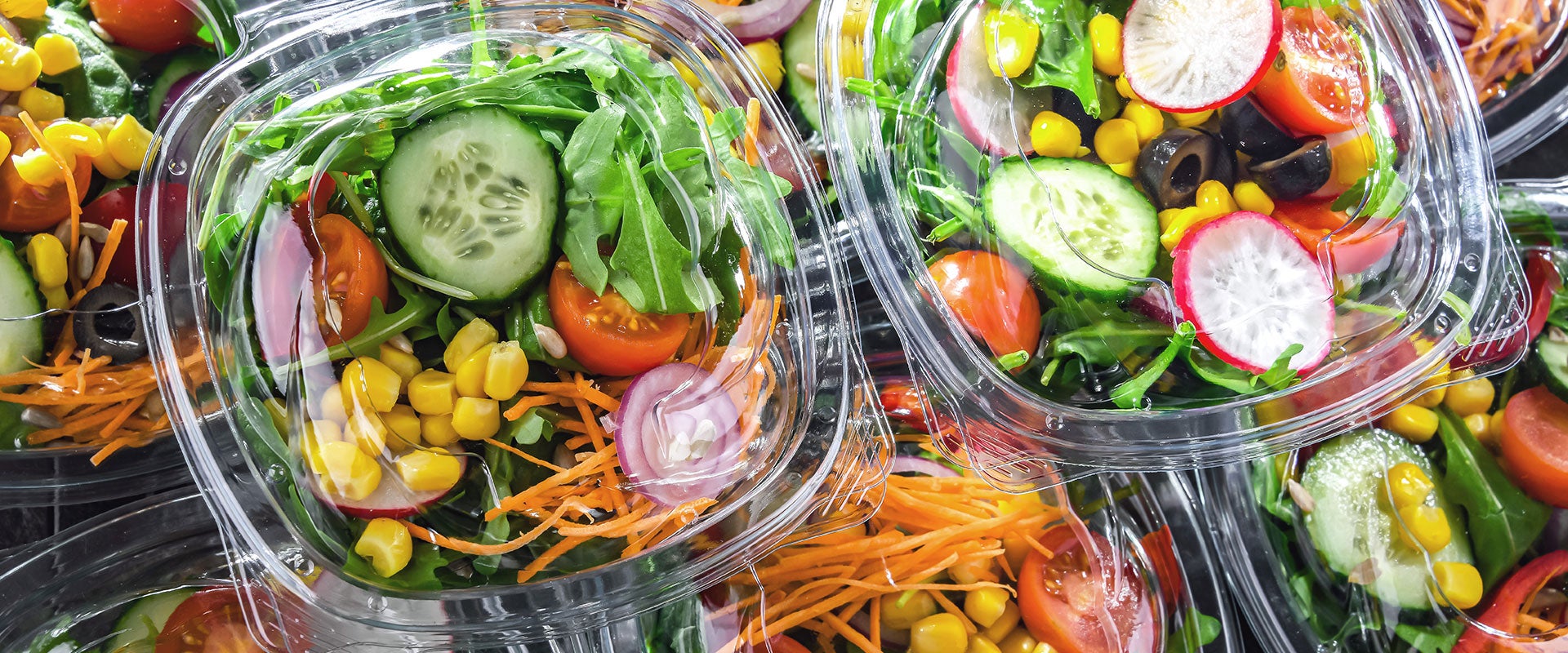Analogs in other markets
Despite recent growth, the FPF market in the U.S. remains underdeveloped relative to international markets. Retailers in Europe have much better fresh prepared food offerings — a trip to a Tesco grocery store in London during the weekday lunch rush will find you surrounded by people deciding which affordable lunchtime “meal deal” they should try that day. Offerings range from ready-to-eat traditional British fare to ethnic meals to premium soups and salads. Compared to the U.S., online penetration of ready-to-eat meals is much more robust in the U.K.
Tesco tried unsuccessfully to enter the U.S. market in 2007 with a Eurocentric strategy of smaller stores and a plethora of ready-to-cook and ready-to-eat meals, which did not resonate with American consumers at the time. A second attempt may prove to be more successful as American consumer preferences for FPF are changing to match preferences from across the pond. More likely, however, existing U.S. grocery retailers will continue to take advantage of the long growth runway for FPF and build out that offering.
Similarly, Japan has a well-developed prepared foods market. Ready-to-eat or easy-to-prepare meals, known as souzai, are commonplace in grocery stores across the country. Given limited kitchen and refrigerator storage in Japan, a growing elderly population, and the large number of single-person households, individual- and small-sized packages are most common in this department.
Today’s competitive producer landscape
The FPF producer landscape is quite fragmented today, with retailers sourcing from a patchwork supply network. A national supplier that provides quality and consistency at scale is ideal — but less common — today. Most suppliers operate regional models, shipping refrigerated or frozen products within a set radius. Others act as commissaries with facilities dedicated to a handful of key accounts.
FPF producers tend to focus on specific categories like deli salads or ready-to-cook and ready-to-eat meals but expand as they scale. For example, Blount Fine Foods and Kettle Cuisine both started in premium refrigerated and frozen soups but added adjacent products to continue driving growth.
Across product categories, shelf life is a key decision factor for suppliers. Shorter-shelf-life products limit the delivery radius of an item and add operational complexity, which can challenge profitability. Longer-shelf-life items can be shipped farther, create greater appeal to retailers due to reduced risk of shrink and generate production efficiencies in the form of longer runs.
While some products have inherently longer shelf life than others, most producers utilize specific technologies and/or preservatives to extend shelf life. Preservatives are a relatively simple way to extend shelf life but suffer from a negative perception by some retailers and consumers. Given this, many producers are increasingly turning to technologies such as high-pressure processing (HPP), modified atmosphere packaging and frozen shipping to extend shelf life. Many of these technologies also have a kill step that increases food safety and enables a clean label claim that appeals to consumers.
Levers that impact profit and growth
- Embracing technical production processes to manage shelf life
Products with short shelf lives provide a unique challenge that is necessary to address. To manage them properly and compete effectively, companies need expertise in procurement, distribution and operations. Some products naturally have longer shelf lives; for other products, preservatives are generally accepted. For short-shelf-life products that cannot utilize preservatives, other technologies can be leveraged (e.g., retort, HPP and shipped frozen) to extend shelf life in a food-safe way, better serving national retailers with quality and consistency at scale (see Figure 4).









